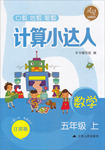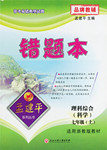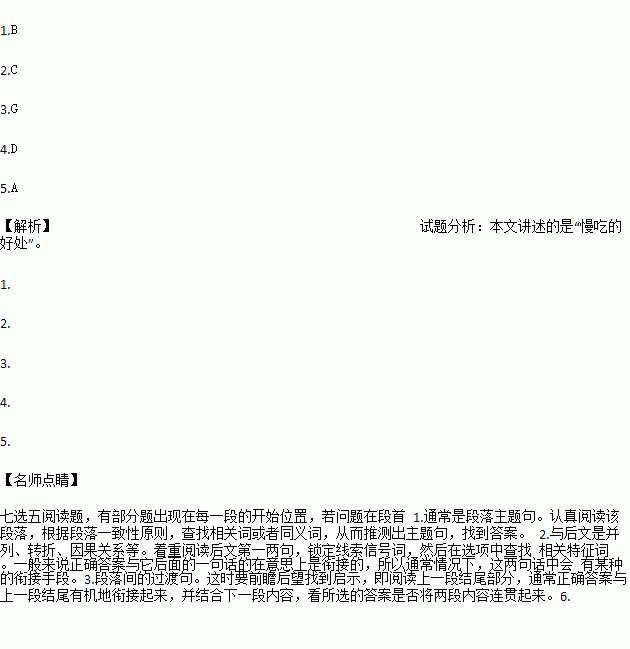题目内容
Today we eat on the go, at our desks and even in front of computers. We eat takeout, delivered and packaged meals. 1.
“Over the past three decades, people have started eating out more than ever before and purchasing more prepared foods at the grocery store, which tend to contain more fat, salt and sugar than their home-made foods,” noted US healthy living website Spark People.
2. It encourages us to value the time we spend preparing, sharing and consuming food, as a recent USA today article put it. It all started in 1986 with the efforts of Slow Food’s founding father, Italian activist Carlo Petrini, who wanted to bring back food varieties and flavors that had gone dark in the face of industrialization.3. Now his idea is almost the mainstream.
Starting at the table, the movement promotes an unhurried way of life founded on the idea that everyone has a right to cooking pleasure, and that everyone must also take responsibility to “protect the heritage (遗产) of food, tradition and culture that make this celebration of the senses possible”, wrote The Phnom Penh Post.
“4.. It means turning down the speed at which we eat and increasing the amount of time we spend dining together with other people,” Althea Zanecosky, spokeswoman for the American Dietetic Association, told The Huf fington Post.”5. Dinner table conversations keep families together,” noted the Belgian non-profit organization Greenfudge.
A. It is a way to bring back the social togetherness of yesterday.
B. It seems that we have adapted our foods to our fast-paced lives.
C. So the Slow Food Movement has occurred against this fast-food trend.
D. Slow Food doesn’t necessarily mean food that takes a long time to cook.
E. It is based on the idea that we should spend as much time as possible on cooking.
F. It’s not only the food itself but also the time we spend dining together that matters.
G. At that time, he asked people to follow a more sustainable (可持续的) living model.
 灵星计算小达人系列答案
灵星计算小达人系列答案 孟建平错题本系列答案
孟建平错题本系列答案
